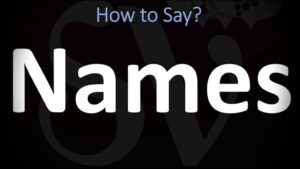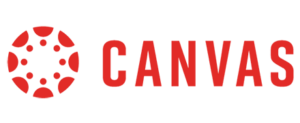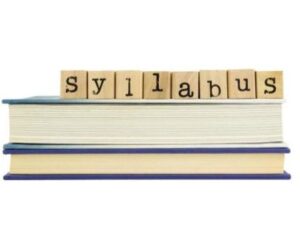
As we near the halfway mark, consider getting mid-semester feedback from your students. Mid-semester evaluations:
- If necessary, provide a chance to correct student misconceptions or make changes to the course schedule, activities, etc.
- Allow students to reflect on their expectations, efforts, and learning.
- Let students know you care about their input.
Here are some sample mid-semester evaluations you can use or adapt for your course:
- This check-off format from Seattle University makes it easy for your students to provide specific feedback and some open-ended questions.








